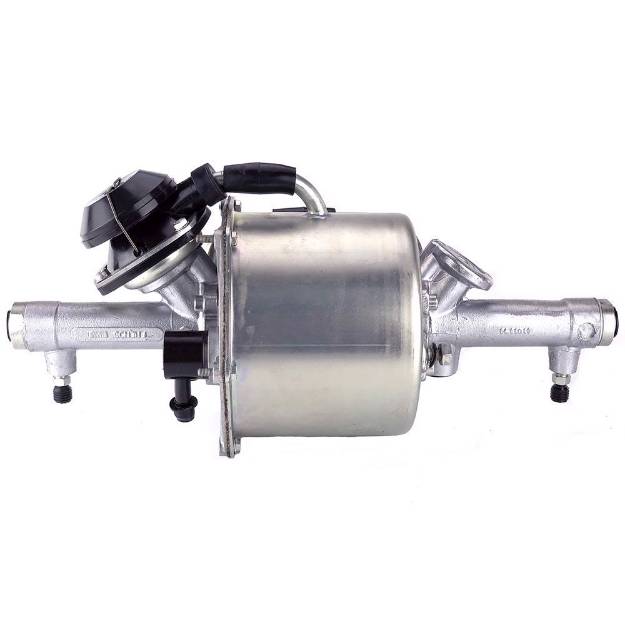Rek
Well-Known Member
A technical enquiry to see whether my logic is correct. RHD cars have two remote servo's with the same power ratio. In changing to a single circuit, would one servo work just as well as the pressure being applied when the pedal is pressed would be the same? Does the fact that a single servo is pushing on more fluid than each of two servo's reduce the effectiveness and therefore the effectiveness of the brakes.
Removing one of the cumbersome servo's would release space in the engine bay and make the plumbing a lot simpler.
Any advice gratefully received.
Removing one of the cumbersome servo's would release space in the engine bay and make the plumbing a lot simpler.
Any advice gratefully received.

